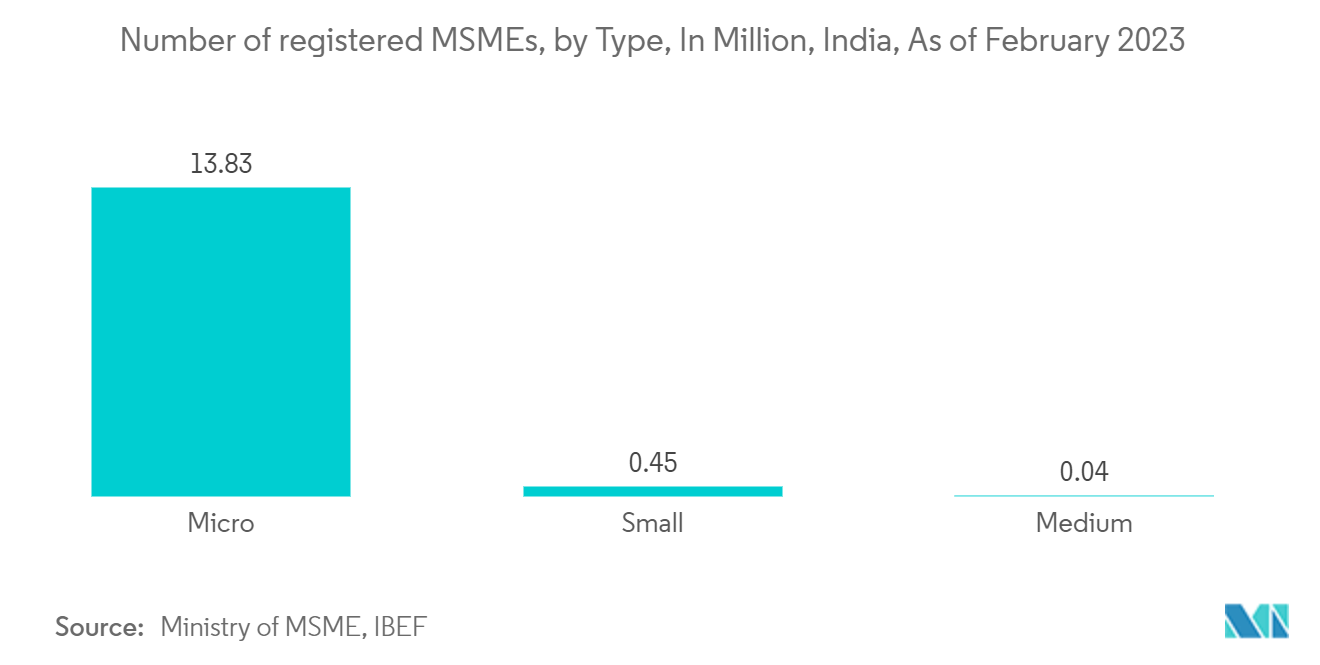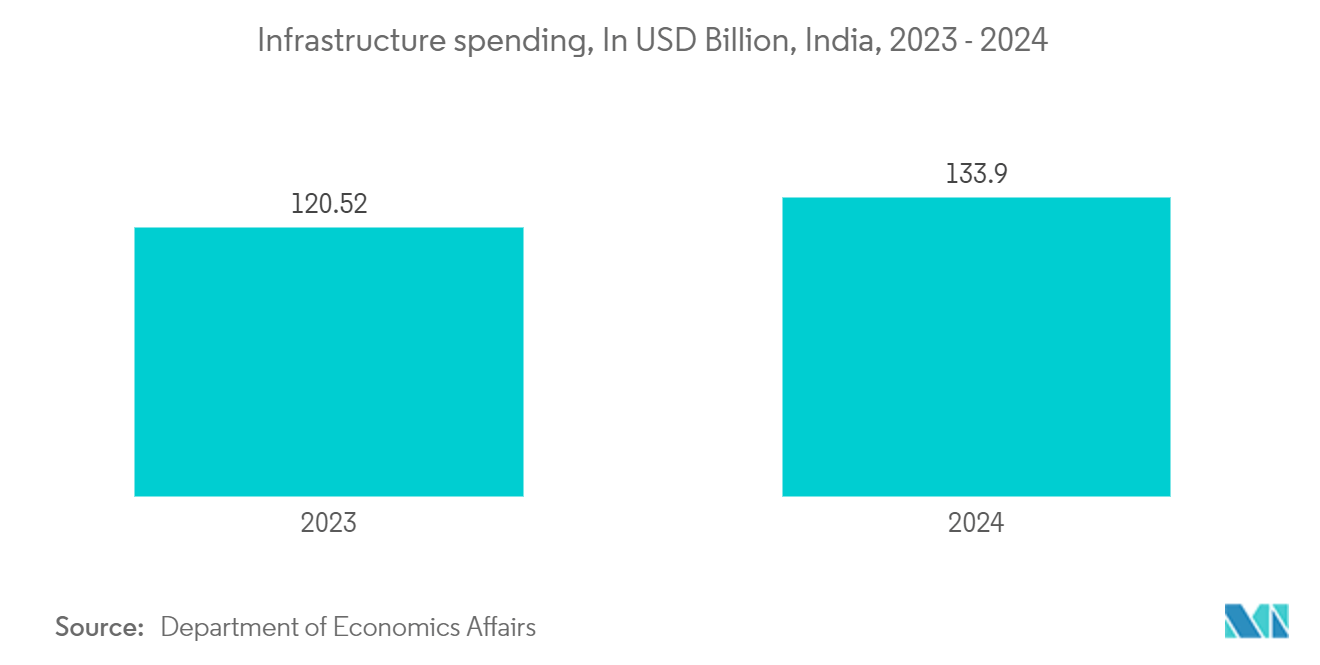Market Trends of India Surveillance Analog Camera Industry
Cost Effectiveness and Affordability to Drive the Market
- India's economic landscape, marked by its diversity, showcases a pronounced preference for cost-effective surveillance solutions. Analog cameras, known for their budget-friendliness compared to IP cameras, have gained substantial popularity. This trend is particularly pronounced in sectors such as small and medium enterprises, residential complexes, and government projects, where cost considerations are paramount.
- Owing to their affordability, analog cameras are the go-to choice in mass-market scenarios. Industries spanning from education and retail to residential complexes opt for analog systems due to their wide coverage and cost-effectiveness. Furthermore, their straightforward installation and low maintenance further bolster their appeal.
- The "Make in India" campaign has significantly boosted the local manufacturing of analog surveillance equipment in India. This surge in domestic production has not only reduced costs but has also made surveillance more affordable, thanks to the rise of local manufacturers. One such example is Prama, an Indian company that now manufactures surveillance cameras within the country, a move that underscores its dedication to the "Make in India" ethos.
- India's burgeoning MSME sector plays a pivotal role in driving the growth of the market under study. With over 13.83 million micro-enterprises, as reported by the Ministry of MSMEs, these businesses dominate India's MSME landscape, highlighting their crucial role in the nation's economic framework. Furthermore, as India continues its developmental journey and relies heavily on traditional surveillance methods, such as analog cameras, to address security concerns, the demand for these cameras is set to remain robust.

Government Sector to Witness a Notable Growth in Demand
- The Indian government's Smart City Mission, aimed at developing numerous smart cities, strongly emphasizes surveillance systems. These cameras serve multiple purposes, from monitoring public spaces and managing traffic to bolstering urban security. Over the years, the country has witnessed notable growth in the installation of surveillance cameras, creating a favorable ecosystem for the studied market's growth.
- Responding to escalating concerns over public safety, the government has launched various projects to deploy surveillance cameras in urban areas. Factors like budget constraints, existing infrastructure, and the growing demand for enhanced public safety measures influence the sector's preference for analog surveillance technologies. Municipalities are increasingly turning to surveillance cameras in public areas as a proactive measure to deter crime and enhance safety.
- Strategically placed in high-traffic zones, parks, and streets, these cameras actively monitor and record activities, playing a vital role in crime prevention and enhancing resident safety. Analog cameras, due to their affordability, are pivotal for many municipalities, especially given their financial constraints. Police departments increasingly rely on analog cameras to monitor high-risk areas, including crime-prone neighborhoods, transportation hubs, and commercial districts. In a recent development, as of February 2024, Bengaluru's city police, as part of the Safe City project, deployed approximately 7,500 CCTV cameras.
- In pursuit of India's goal to become a USD 5 trillion economy by 2025, the government has introduced the National Infrastructure Pipeline (NIP) alongside initiatives like 'Make in India' and the production-linked incentives (PLI) scheme. Underlining its commitment to infrastructure, the Indian government announced plans to allocate approximately USD 134 billion in 2024, marking an 11.1% increase from the previous year. Such trends are anticipated to create a favorable ecosystem for the studied market's growth.


